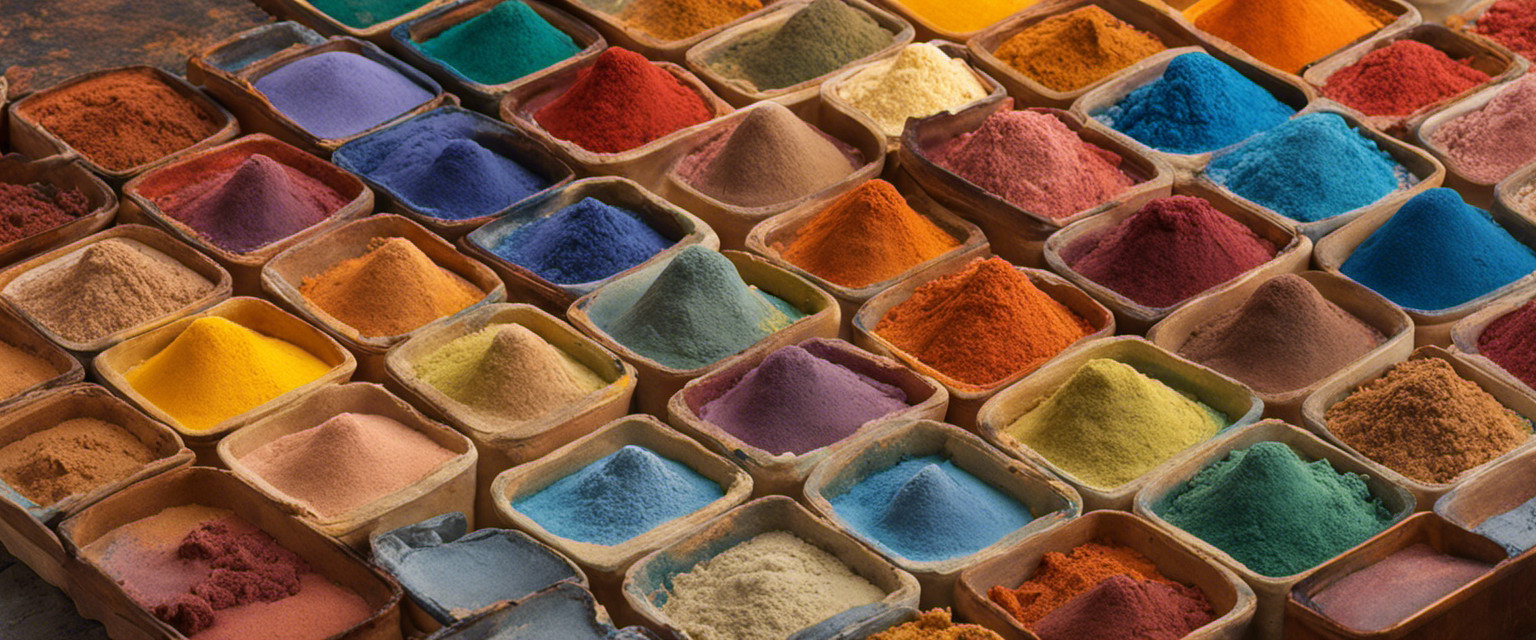In the realm of culinary practices, the preservation of food without reliance on refrigeration methods has long intrigued scholars and enthusiasts alike. This article delves into the world of ancient techniques employed for this purpose, shedding light on historically significant practices that have largely fallen into disuse.
By exploring these methods in detail, readers will gain a comprehensive understanding of how our ancestors preserved perishable food items, offering insights that may prove both intriguing and useful in contemporary times.
Ancient History
The preservation of food is a fundamental aspect of human civilization, dating back to ancient times. Some of the oldest food preservation methods include drying, smoking, salting, and fermenting.
These techniques not only allowed societies to store food for longer periods but also had a significant impact on modern society. They enabled long-distance trade, as preserved foods could be transported over great distances without spoiling. They also played a crucial role in sustaining armies during wars, as preserved food could be stockpiled and used to feed soldiers during long campaigns.
Furthermore, these preservation methods have influenced culinary traditions around the world. For example, the use of salted and dried fish is prevalent in many coastal regions, while fermented foods like sauerkraut and kimchi are staples in certain cultures.
Overall, the development of food preservation techniques has had far-reaching effects on human society, both in the past and in the present. It has allowed for the storage and transportation of food, sustained armies, and shaped culinary traditions.
Oldest Food Preservation Methods
Dating back thousands of years, the oldest known methods of preserving food without refrigeration involve techniques such as drying, smoking, and fermenting. These ancient preservation techniques hold both cultural significance and health benefits.
Culturally, they allowed communities to store food for longer periods, ensuring survival during times of scarcity.
Health-wise, these methods often improved the nutritional value of the preserved foods by retaining vitamins and minerals. Additionally, they eliminated the need for chemical additives commonly used in modern food preservation techniques.
Impact on Modern Society?
One can observe the profound influence of ancient food preservation methods on modern society. These techniques have contributed to sustainable living and food waste reduction practices. By understanding and implementing these methods, individuals and communities can reduce their reliance on refrigeration and other energy-intensive processes for preserving food. This not only has environmental benefits but also promotes self-sufficiency and resilience in the face of potential disruptions in the food supply chain.
In order to fully comprehend the impact of these ancient techniques, a main explanation of them is necessary.
Main Explanation of Ancient Food Preservation Techniques
Several ancient civilizations utilized various methods for preserving food without the aid of refrigeration. These techniques not only had cultural significance but also provided several health benefits.
For example, drying was commonly employed by Egyptians and Romans, allowing them to store fruits and vegetables for extended periods.
Fermentation, used by the Chinese and Greeks, not only preserved foods but also enhanced their nutritional value through the production of probiotics.
These ancient preservation methods showcase the ingenuity and resourcefulness of our ancestors in ensuring food security and health.
Tips for Ancient Food Preservation Techniques
To effectively implement ancient food preservation methods, it is crucial to consider important tips and guidelines. These tips not only ensure the longevity of preserved food but also honor the historical significance and cultural traditions associated with these techniques.
The following bullet points provide valuable insights for successful preservation:
- Selecting fresh and high-quality ingredients
- Proper cleaning and sanitation procedures
- Utilizing appropriate preservation methods such as drying, smoking, salting, or fermenting
- Storing in suitable containers under specific temperature and humidity conditions.
These tips lay the foundation for successfully preserving food using ancient techniques while paying homage to our culinary heritage.
In the subsequent section about ‚final thoughts‘, we will discuss additional considerations when implementing these timeless preservation methods.
Final Thoughts
In conclusion, it is important to consider these additional factors when implementing ancient food preservation methods in order to ensure the successful preservation of food and the continuation of cultural traditions.
Practical applications of ancient food preservation techniques can be seen in various culinary practices around the world, allowing communities to preserve their traditional foods without relying on modern refrigeration methods.
Furthermore, exploring and adopting these techniques also offer future prospects for sustainable food preservation, reducing energy consumption and promoting local self-sufficiency.
Frequently Asked Questions
What Are Some Modern Alternatives to Ancient Food Preservation Techniques?
Modern innovations in food preservation offer sustainable alternatives to ancient techniques. These advancements include vacuum sealing, canning, freeze-drying, and fermentation methods. These methods ensure the longevity of perishable foods without relying on refrigeration technology.
How Did Ancient Societies Store and Preserve Perishable Foods Like Meat and Dairy?
Traditional techniques for preserving perishable foods like meat and dairy in ancient societies involved methods such as salting, smoking, drying, fermenting, and pickling. These preservation secrets from ancient wisdom continue to find modern applications in food preservation practices today.
Were There Any Negative Health Effects Associated With Ancient Food Preservation Techniques?
Negative consequences and health risks associated with ancient food preservation techniques have been documented. These include the potential for harmful bacteria growth, toxin formation, nutrient loss, and the ingestion of spoiled or contaminated food, leading to various health issues.
Did Different Ancient Cultures Have Their Own Unique Methods of Preserving Food?
Different cultures developed unique methods of preserving food without refrigeration. These ancient techniques offer a glimpse into the culinary practices of bygone eras. Exploring these diverse preservation methods provides valuable insights into our historical relationship with food.
How Did Ancient Food Preservation Techniques Contribute to the Development of Modern Food Preservation Methods?
The development of modern food preservation techniques has been influenced by ancient methods. Ancient cultures utilized various techniques such as smoking, drying, salting, and fermentation to preserve food. These advancements in preserving food laid the foundation for the development of modern food preservation methods.






